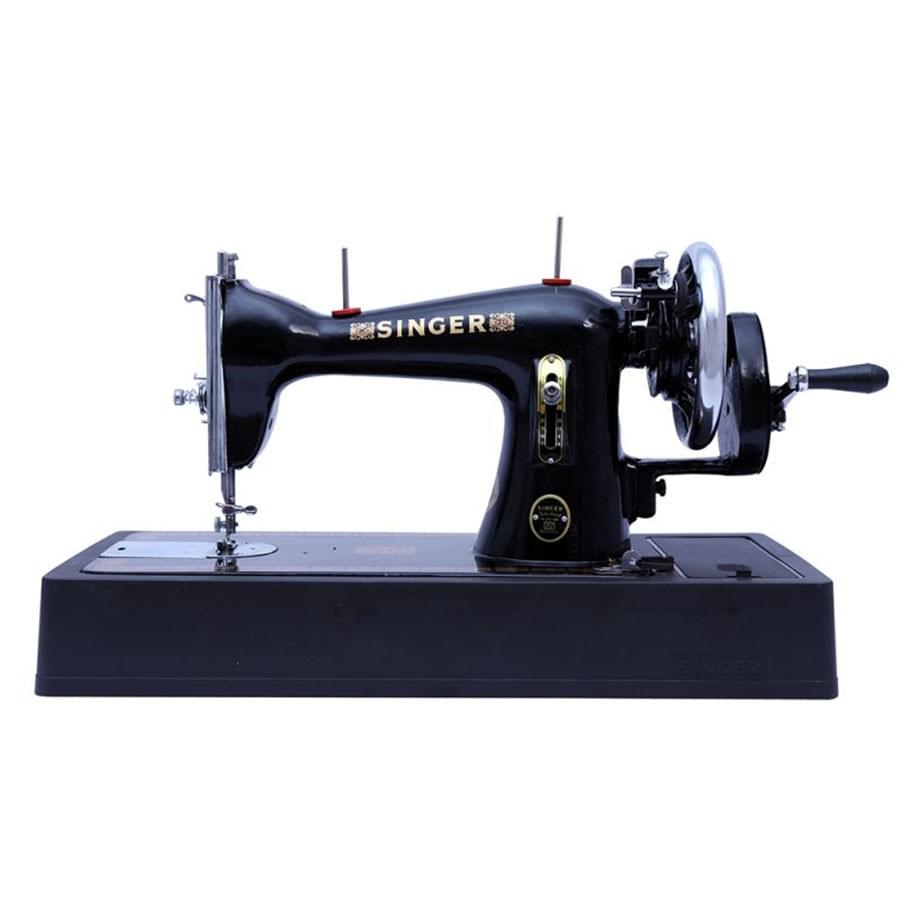Due to the elasticity of thread and tissue material, the stitches made by a computer program on a CNC sewing machine are shifted from their desired positions. The mismatch leads to a visually inferior appearance of the resulting thread pattern compared to the one intended by the manufacturer. This paper introduces a camera based inspection system that helps to find and evaluate the distortion vector for each individual stitch. These vectors can facilitate the automatic reprogramming of corrected stitch positions in the CNC sewing program to minimize the final distortion. An image processing pipeline is proposed, consisting of thread detection and model-based registration, finding an assignment of thread pixels and model stitch positions. The corresponding distortion vectors are computed for every individual stitch.
CNC sewing technology is applied for assembling layers of textiles. Typical examples are car seats or mattresses. The most important function of the sewing thread is not to fix and connect the different layers, but to appear visually pleasing [4]. Therefore, the final thread pattern must correspond to a model up to acceptable deviations, which are task specific [5]. Merritt Sewing Machine Price in Chennai However, the elasticity of the materials causes pattern deformations due to geometric shifts of older stitches, if newer stitches are set within striking distance. In order to achieve an optimal appearance, it is necessary to account for these shifts and anticipate the deformation of the thread pattern within the CNC sewing program. Up to now, this is addressed by human experts in an iterative way. Using the current state of the CNC program, a specimen is created. Subsequently, the human expert inspects the specimen and modifies the program accordingly. The program modification is performed more or less intuitively and requires a lot of experience. This procedure is repeated as long as necessary and may take up to two days. Next to the time commitment, this trial and error approach comes along with a high material cost, since a sufficient amount of test samples is needed to optimize the CNC program. The goal of this work is to automate the process of inspection and subsequent adaptation of the CNC program, with the final workflow being as follows: Given a new pattern, an initial sewing is performed using the desired model. This will result in a distorted thread pattern, as it is visualized in Figure 1. The specimen created this way is placed in a camera based inspection system. Based on the single specimen and given knowledge about the desired pattern, the inspection Fig. 1: An exemplary visualization of the distortions. The black line shows the desired thread pattern. However, sewing in such a pattern might actually lead to the distorted pattern shown in red. system automatically detects the real thread pattern using image processing techniques. Subsequently, a registration and adaptation of the desired model is performed, such that it optimally fits the detected thread pattern. https://vssewingmachine.in/ Based on the calculated deformation, the CNC program required to achieve the desired pattern is calculated. This paper focuses on the image processing part, including the image acquisition and model-based registration/adaptation. On the most abstract level, it can be separated into a hardware part, consisting of the construction of the camera based inspection system, and a software part, consisting of the image processing and model adaptation. Section II describes the inspection system and the image acquisition process. Image processing techniques to automatically detect the thread are described in Section III. A pipeline for the thread pattern registration and adaptation is proposed in Section IV. The presented inspection system does not only lay the foundation for the automated computation of the CNC program, but can be used as a standalone system for quality assurance.
